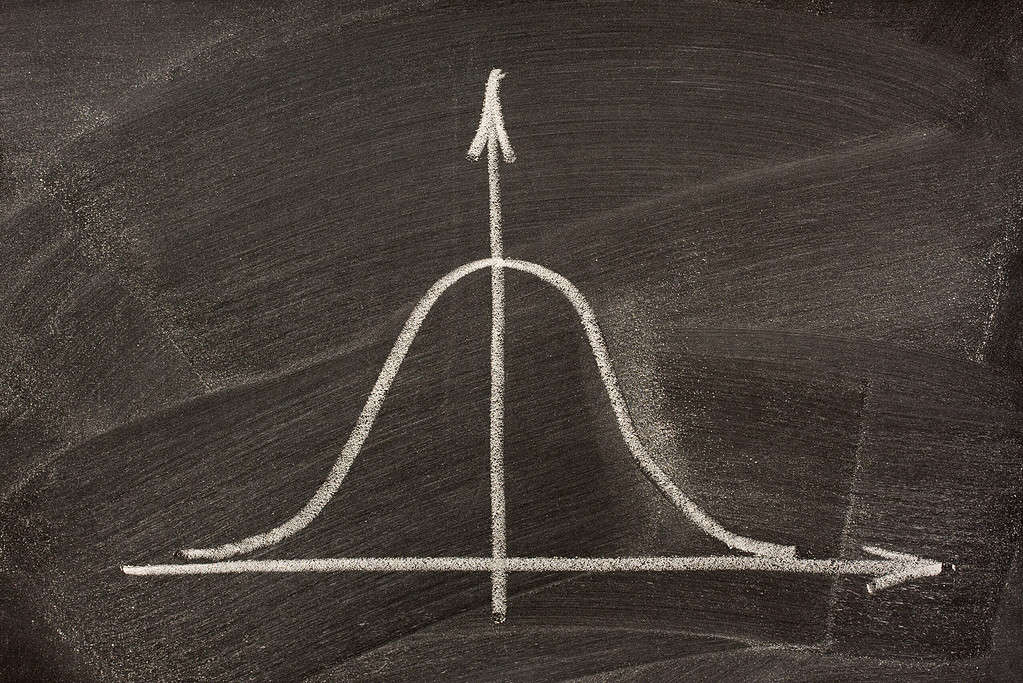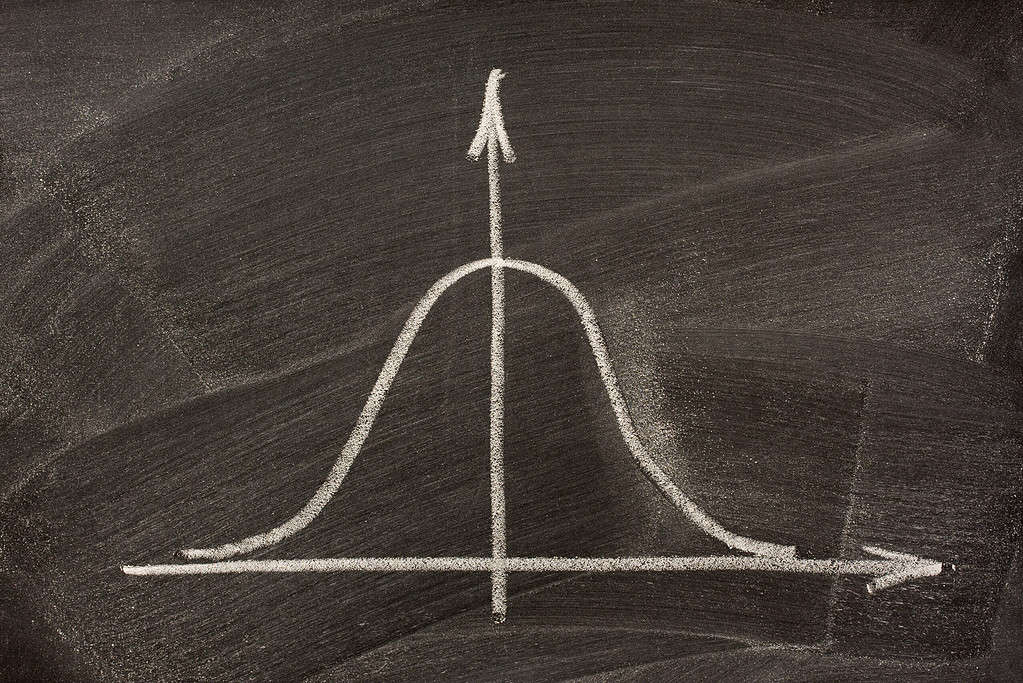Tag: data analysis

Tukey’s (1-way ANOVA): See the Difference in Your Data Sets
Published:ANOVA will tell you whether there is a statistically significant difference in the population means of three or more groups of data. But which means are different? Tukey’s will tell you that. Analysis of Variance (ANOVA) is used to determine whether the population means of several sample data sets are statistically different or not. If […]
Read more »
Categorical vs. Continuous Data: What’s the Difference?
Published:Data analysis is a fundamental process in any project. However, data can be lumped into different types, with categorical and continuous data seeming almost opposed at first glance. That said, mastering these data types and understanding when and where to use them can lead to far more precision during data analysis as a whole. What […]
Read more »
Variable vs. Attribute Data: What’s the Difference?
Updated:Throughout any project, you’re going to gather up quite a bit of data. Now, this can be broken down into two categories: variable and attribute data. Understanding the difference and learning how it is applicable during the analysis stage can be crucial for future decision-making. So, with that in mind, let’s take a deeper dive […]
Read more »
F-value (ANOVA): Get the Most Out of Your Data Analysis
Published:Whether you are talking about the F-value, F-test, F-statistic or F distribution they all revolve around the same concept of using variances to make statistical decisions about your data.
Read more »
Span: Catching Variation in Your Data
Published:Span is a descriptor of the spread or variation of your data. It is a simple calculation that eliminates the impact of any outliers or unusually high or low values in your data set.
Read more »
Z-Score: A Handy Tool for Detecting Outliers in Data
Published:Some say that Z is the sign of Zorro (Spanish for fox), the fictional sword-wielding masked vigilante who defended and helped the poor. In statistics, it is something different. In statistics, z usually refers to the standardized score or z-score of a data point in a normal distribution. The z-score measures the number […]
Read more »
Analytical Modeling: Turning Complex Data into Simple Solutions
Published:Complex math is often the best way to make sense of a confusing maze of quantifiable variables and conditional relationships.
Read more »
Skewness in Data: What It Is and How to Interpret It
Published:When someone says your data is skewed, do you get upset? Skewness can be a natural state of your data. Let’s find out more about skewness and what it means.
Read more »
Mean in Lean Six Sigma: How to Interpret Your Data
Published:Central tendency and mean are two of the more significant statistics that are used in Lean Six Sigma. These two concepts have a large place in the developed world of LSS and are important when it comes to implementing new technologies or measuring processes for improvement.
Read more »
Bimodal Distributions and Why They Matter
Published:One of the important statistical descriptors of your data is its central tendency. Central tendency can be described using the mean, median and mode of the data. The mean is described as the mathematical center of your data. The median is the physical center of your data, and the mode is the most frequently occurring value in your data.
Read more »
Continuous vs. Attribute Data: What’s the Difference?
Published:What is Continuous? Continuous data refers to numerical data with any value within a certain range. The values have infinite possibilities, but they all fall within a range. These can be whole numbers or decimals measured using data analysis like skews and line graphs. This kind of data can change over time and […]
Read more »
Radar Charts: The Visual Tool for Multi-Dimensional Data Comparison
Published:A radar chart, also known as a spider chart, is a great tool to graphically compare multiple outcomes for specific characteristics and criteria.
Read more »
Discrete vs. Continuous Data: What’s the Difference?
Published:When it comes to Six Sigma, data is your lifeblood. The ability to interpret what the data is saying is how you know whether you are on the right path. Further, it shows how you’re achieving your goals and objectives and avoiding roadblocks on your journey toward success. Accurately collected and analyzed data […]
Read more »
Tips for Interpreting Discrete Data: Understanding Category Variables
Published:Understanding discrete data will give you yet another tool for understanding your process measure or outcome. This article will explain the tips and traps of using discrete data in process improvement.
Read more »
I-MR Chart: Understanding Your Process Stability
Published:The Individuals-Moving Range (I-MR) Chart is one of the most widely-used control charts in statistics and the standard for most situations where data was collected in individual data points. It allows such a process to be assessed for stability both in terms of central tendency as well as variation.
Read more »
The Rise of Data-Driven Decision-Making: Why It’s Crucial for Success
Published:What is data-driven decision-making? Chances are you’re used to seeing data-driven being bandied about, considering this you’re on our site. However, that isn’t the full approach we’re discussing today. Six Sigma is a methodology driven by data, but it isn’t the whole picture for this new set of tools coming about in the […]
Read more »
Kappa: Reliable Measurements for Attributes in Data
Published:Kappa is the common measurement for judging how your measurement system works for attribute data. It is also described as the primary output from an Attribute Agreement Analysis.
Read more »
Goodman-Kruskal Gamma: A Powerful Tool for Research and Analysis
Published:Correlation allows you to determine whether sets of data have some sort of relationship. Goodman-Kruskal Gamma looks at pairs of data and determines a correlation. Let’s see how.
Read more »
A Guide to Using the Wilcoxon Rank Sum Test: Testing for Non-Normality
Published:The Wilcoxon Rank Sum Test, sometimes called the Mann Whitney Wilcoxon Test or Mann Whitney U test, is used to test whether two independent samples come from the same population or two different populations.
Read more »
Why Upper Specification Limits Matter in Process Improvement
Updated:The upper specification limit represents the highest limit that a measurement or reading can reach and still be acceptable to the customer. There are several benefits of monitoring USL and determining if a process can satisfy customer requirements.
Read more »
Navigating Data Analysis: The Importance of Testing for Normality
Updated:Is your data normal? Oh no! Is that a problem? The concept of data normality can be important when using certain statistical tools to make data-driven decisions.
Read more »
Of Processes and Project Baselines: Why Homogeneity Matters
Published:The DMAIC (Define, Measure, Analyze, Improve, Control) project lifecycle, the predominant methodology in Six Sigma for improving existing processes, is intended to bring about significant change in the behavior of the process under study. In order to know if such goals have been met, the process being worked on needs to be one in which […]
Read more »